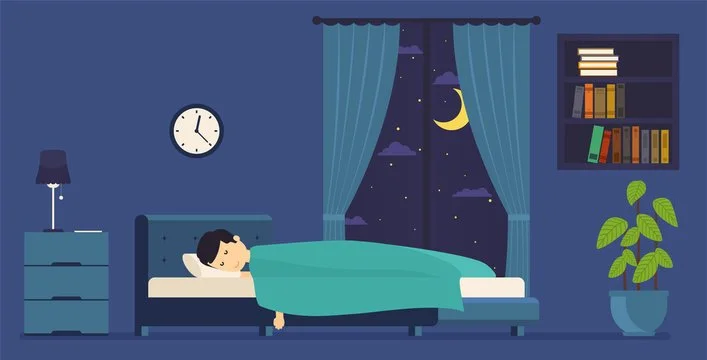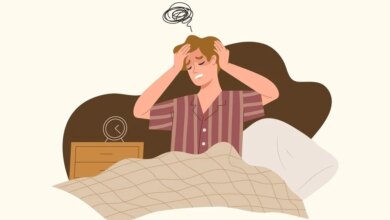How To Properly Design a Sleep-Oriented Room — REM Reward


Experienced restless nights are common — tossing and turning, struggling to fall asleep, and waking up feeling unprepared for the day ahead. There are various factors that can contribute to this, including your sleep environment, which plays a large role in your sleep and overall efficiency. So, how can you optimize your space to create the ideal sleep-friendly environment?
A Historical Look into Sleeping Spaces
Throughout history, humans have been wired to seek out safe places to sleep, a behavior rooted in evolutionary psychology. As highlighted by Hekmatmanesh et al. (2019), rooms have only recently become private spaces. After the Industrial Revolution, rooms were essentially mass-produced, becoming separate spaces with completely new furniture. More recently, sleep has become one of the primary functions of these spaces, and given that the average person requires 7 to 9 hours of rest, designing a bedroom to support this need is paramount. The increasing privatization of sleeping quarters also introduces a psychological element.
A Guide to Bedroom Orientation for Optimization
The placement of key elements within your bedroom can significantly influence sleep quality. So let’s talk about the most central part of your room—the bed. Spörrle & Stich (2010) found that people are more comfortable in rooms that have a clear view of the exit from their sleeping position while minimizing exposure to distractions. If you would like to wake up more naturally (assuming you don’t live in the Arctic Circle), placing your bed near a window allows for natural light to cue wakefulness. Natural light is most effective, as it enhances the general ambience in a room, although alternatives work as well, assuming they are slowly brightening alternatives that mimic the sun. However, window and door placements can sometimes create a dilemma: while a clear view of the exit may provide a sense of security, excessive exposure to external stimuli can be disruptive. So, how can you minimize the distraction? Consider the following tips on tidiness and organization.
Minimalism and Its Sensory Effects
Having a cluttered and generally messy room contributes to an untidy mind, making it harder to unwind. According to Dincer (2022), cramped conditions caused by excessive clutter lead to poorer quality rest due to increased stress levels. Put simply, clean your room to clear your mind. Simplifying, cleaning, and organizing your space allows for a better sleep environment. Keeping decorations minimal and maintaining order contributes to a calming atmosphere that supports relaxation.




